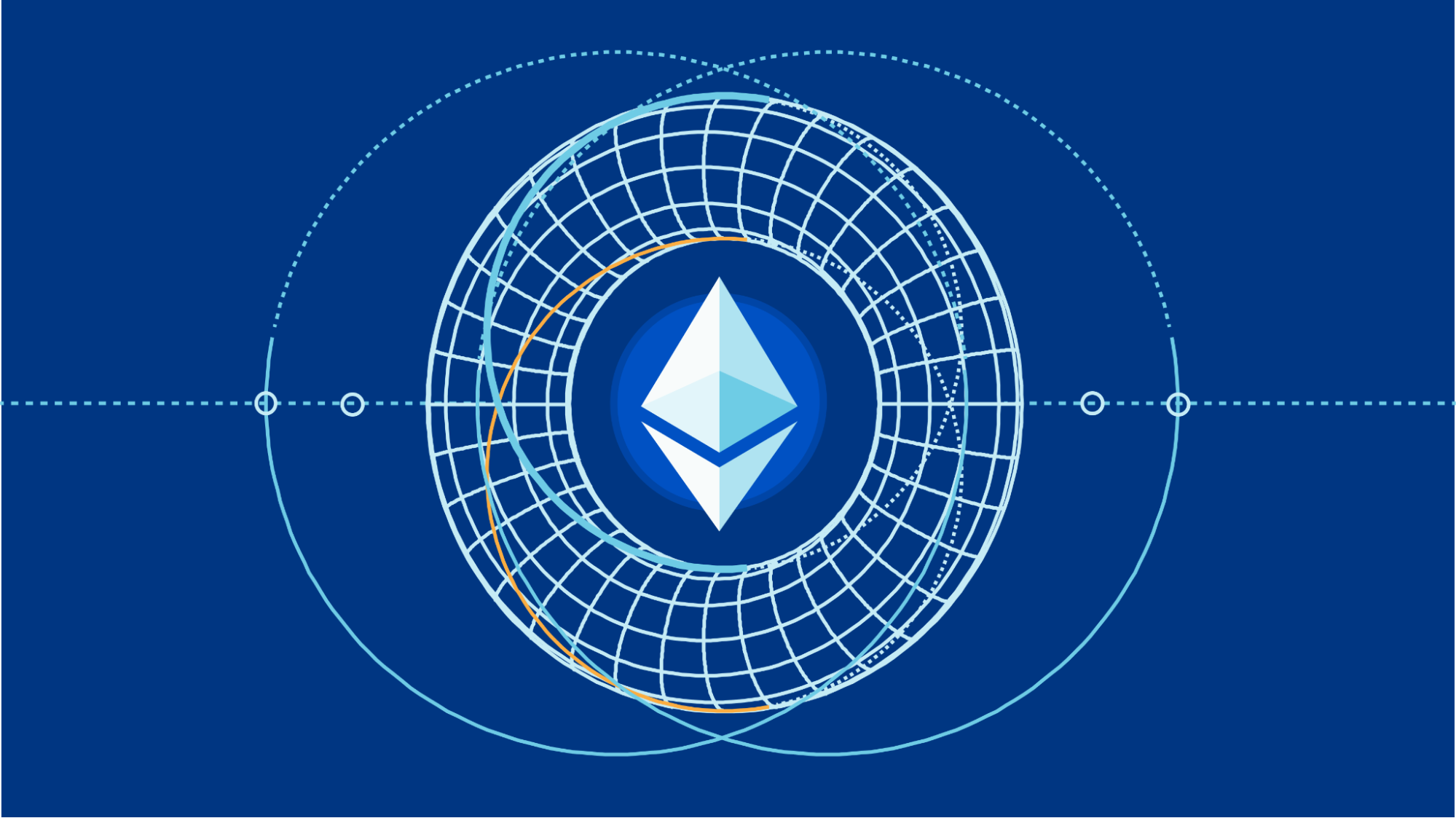In the realm of blockchain technology, Ethereum has emerged as a groundbreaking platform that has revolutionized the way we perceive decentralization. With its robust capabilities and innovative features, Ethereum has not only disrupted traditional financial systems but also paved the way for a new era of decentralized applications and smart contracts. In this article, we’ll delve into the world of Ethereum, exploring its origins, key features, and its potential to shape the future of decentralization.
Ethereum, conceptualized by the brilliant mind of Vitalik Buterin, is a decentralized platform that goes beyond just being a cryptocurrency. It is a distributed computing platform that allows developers to build and deploy smart contracts and DApps without the need for intermediaries. Ethereum’s underlying technology, built on blockchain principles, is designed to empower individuals and entities by providing a trustless environment for transactions and interactions.
The Genesis of Ethereum
Ethereum’s journey began in late 2013 when Vitalik Buterin published the Ethereum whitepaper. The goal was to create a versatile platform that goes beyond Bitcoin’s digital currency use case. Ethereum’s successful initial coin offering (ICO) in 2014 garnered the necessary support to develop the platform.
Decentralization, at its core, seeks to eliminate single points of control. Ethereum takes this concept to heart by allowing transactions and applications to be executed on a network of computers, ensuring no single entity has control over the entire system. This concept enhances security, transparency, and inclusivity.
One of Ethereum’s most innovative features is the concept of smart contracts. These self-executing contracts automatically enforce terms and conditions when predefined criteria are met. This technology has far-reaching implications, from automating complex processes to creating tamper-proof agreements.
Ethereum Virtual Machine (EVM)

The Ethereum Virtual Machine (EVM) is the computational engine that powers the execution of smart contracts. It enables developers to write code in various programming languages and deploy them on the Ethereum network. This versatility contributes to the platform’s appeal and accessibility.
Decentralized Applications (DApps)
DApps are applications that run on the Ethereum blockchain, offering a wide array of services beyond traditional software. These applications are not controlled by a single entity, enhancing security and eliminating the need for intermediaries.
While Ethereum has achieved significant milestones, challenges such as network congestion and scalability have emerged. Ethereum 2.0 aims to address these issues by transitioning from a Proof of Work (PoW) to a Proof of Stake (PoS) consensus mechanism, enhancing scalability and energy efficiency.
PoS is a consensus mechanism that enables validators to create and validate blocks based on the number of coins they hold and are willing to “stake.” This shift from energy-intensive PoW contributes to a greener blockchain ecosystem.
Ethereum 2.0: The Upgrade

Ethereum 2.0 represents a major upgrade that aims to enhance the platform’s speed, efficiency, and security. The introduction of shard chains will significantly improve scalability, making Ethereum more suitable for mass adoption.
Ethereum’s impact on the financial sector is remarkable, thanks to the rise of DeFi. DeFi platforms offer various financial services, including lending, borrowing, and trading, all executed in a decentralized manner, disrupting traditional financial institutions.
NFTs have taken the world by storm, and Ethereum is at the forefront of this revolution. NFTs allow artists and creators to tokenize and sell their digital creations, revolutionizing ownership and provenance in the digital realm.
Environmental Concerns and Solutions
Ethereum, like many blockchain networks, has faced criticism for its energy consumption. However, Ethereum 2.0’s transition to PoS and other solutions show its commitment to addressing environmental concerns.While Ethereum has achieved remarkable success, challenges such as regulatory uncertainty and competition from other blockchains remain. However, Ethereum’s adaptability and ongoing development efforts position it well for the future.
Ethereum’s potential reaches far beyond finance and technology. Industries such as supply chain, healthcare, and real estate are exploring the possibilities of utilizing Ethereum for enhanced efficiency, transparency, and security.



Leave a Reply